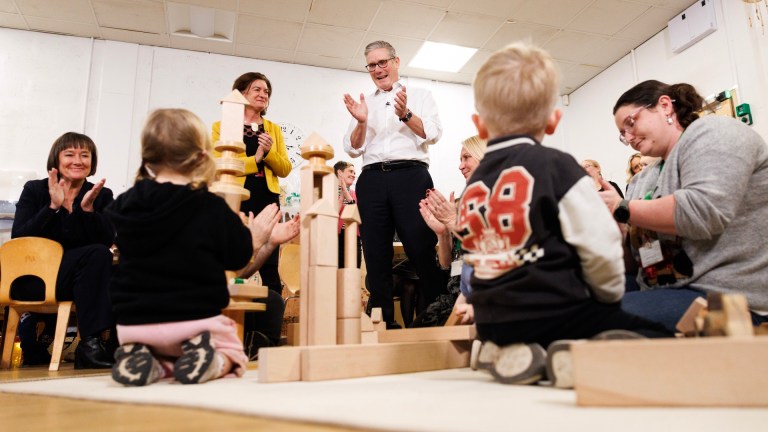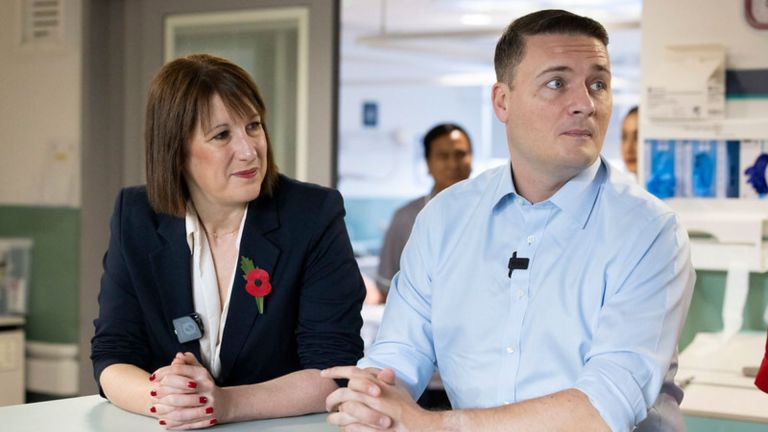We spend a lot of time watching costume dramas in which people from past centuries look and behave just as we do. They didn’t. If you could take a time machine and go back 200 years you would be surprised at the difference.
The first thing to notice is that the people around you are 20cm shorter. Another is the abundance of children and the lack of old people: only one person in 20 made it past the age of 65. Their spoken language would be unintelligible at first, but you would soon recognise it as your own. If you stuck around like a visiting anthropologist, you would discover that their experience of life was quite different from yours, that most of them could neither read nor write, and that their minds worked very differently.
Lockdowns have taken income away from hundreds of Big Issue sellers. Support The Big Issue and our vendors by signing up for a subscription.
This is how they might seem to you – but how might you seem to them? The surface of this planet has been transformed by human activity over the past two centuries, so much so that geologists talk of a new era called the Anthropocene. What we forget is that in changing the world we also changed ourselves.
My own voyage of discovery began with the study of disease. Why for example, were heart disease and diabetes so rare in the 19th century? The answer – when it came – was blindingly obvious: heart disease and diabetes haven’t changed, we have.
The explanation seemed equally obvious. We get the diseases of modern life because we eat more, gain weight and live much longer than before. All this is true, but the change is far more fundamental and it began nine months before birth, for the human growth programme is changing.
People talk about genes and environment as if they were somehow in opposite camps, but our genes evolved to fit us to our environment, and the two work in partnership.
From fossil fuels to food, these are the issues we must focus on now to save the planet https://t.co/h4fbqyPUIq
— Big Issue (@BigIssue) November 17, 2020
This partnership fashions our lives, but they are also shaped by something very personal: what happens to each of us on our journey through life. Biologists call the outcome (you and me) the “phenomenon type” or phenotype. Our phenotype has changed dramatically within a few generations, and I call this the phenotypic transition.
Since we have the same genes as our great-great-grandparents, the change is in how our genes respond to the environment they encounter – and shows that humans are remarkably plastic in this respect.
Change the environment, therefore, and you change the people who live in it. In past generations, one child in every two or three died before the age of five, and one woman in eight died in childbirth. This no longer happens, and women are free to express themselves in ways other than raising a family. Their children are different, for sexual maturity now comes three to four years earlier than it did, and has created the modern phenomenon of adolescence.
At the other end of the age spectrum, old people are living much longer than ever before. This has changed the structure of society and has created an increasing economic burden for those of working age. Even the richest societies stagger under this burden today.
What's behind South Korea's shrinking population? �Ď Learn more about the world's ageing populations: https://t.co/h3d46Wjq5hpic.twitter.com/WL0RToSSFg
— World Economic Forum (@wef) January 7, 2021
The phenotypic transition also threw the consequences of income inequality into greater prominence. To take one example, the average American now lives about 45 years longer than in 1900 – equivalent to a gain of four extra months of life for every calendar year of birth. Advances in medicine have helped, but international comparisons show surprisingly little difference in life expectancy between countries of widely differing wealth. Conversely, income inequality within rich countries has shown up startling disparities.
Life expectancy in the 10 longest-lived nations is referred to as the international age frontier. The US comes 37th on this scale, but with wide disparities. County-level analysis shows that some counties on the east and west coasts outlive the international age frontier by 15 years, whereas counties elsewhere bear a closer resemblance to sub-Saharan Africa.
Black men and women in America lived 11.5 and 13.2 years fewer than whites in 1929-31, and the difference was still 6.3 and 4.5 years respectively in 2003. People who live in deprived environments really do age faster. There is medical interest in the possibility of elixirs that might slow the ageing process, and it might soon be possible for wealthy people to outlive their brains. Is that what we want? Or do we want a society in which millions of people live longer and more fulfilling lives? Both are within our reach.
We are not like the folk in costume dramas. We make our own environment, and our bodies and minds adapt to it. One key question remains: can we change so much and yet remain the same?
Professor Edwin Gale is an Emeritus Professor at the University of Bristol. His book, The Species That Changed Itself, is out now (Allen Lane, £25)









